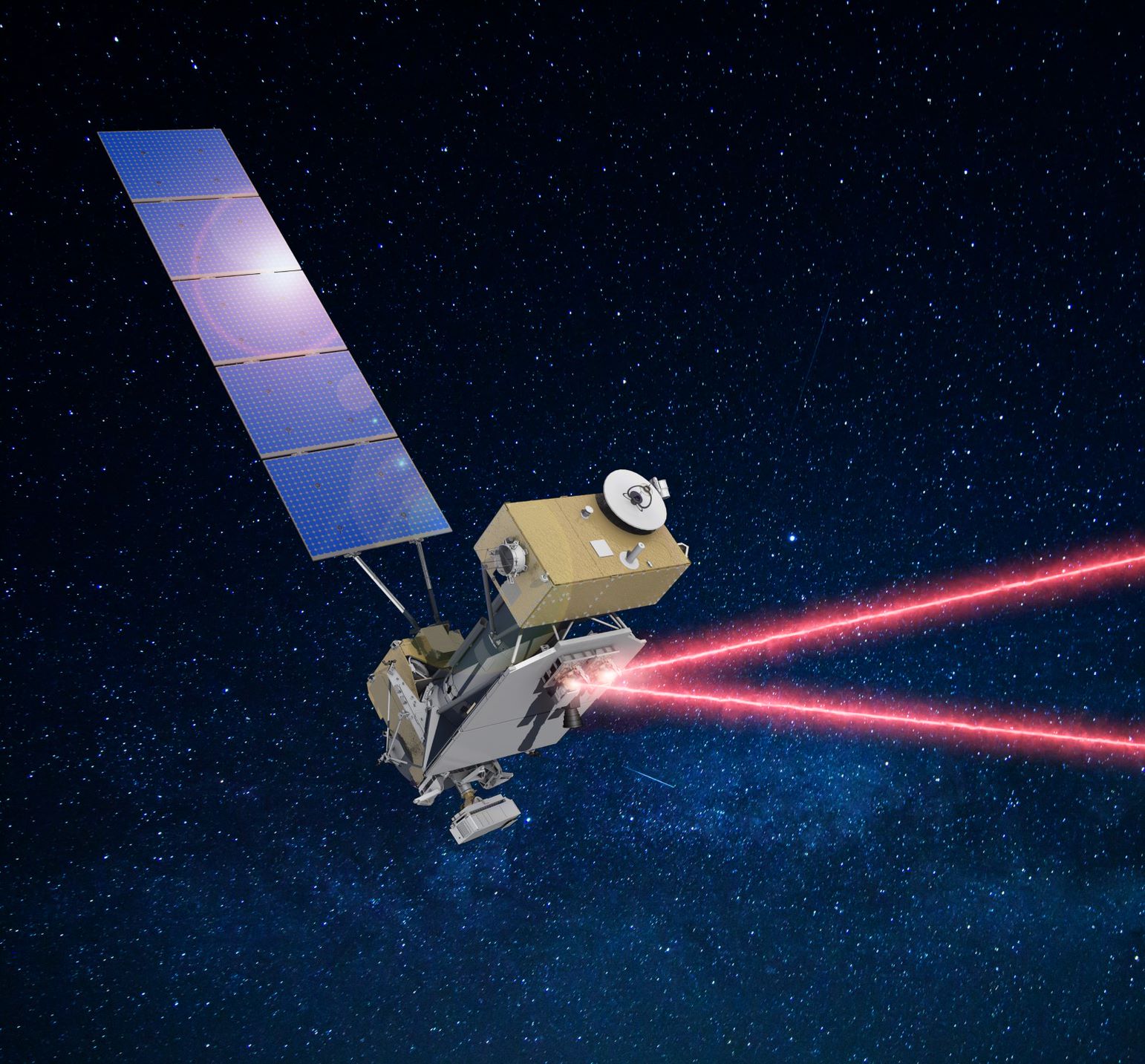Experts in the end-to-end lifecycle of a mission.
Systems Engineering
What We Do
Relative Dynamics provides systems engineering and technical leadership expertise for a wide array of engineering challenges. Our team is well versed in systems engineering processes that support the end-to-end life cycle of a mission — from conception, design, analysis, and integration, through testing and operations — to ensure mission success. Disciplines include Optical Test Beds, Controls Systems, Robotics, Guidance Navigation, and Instruments Engineering.
Our team’s in-depth knowledge of both hardware and software systems, with cross-disciplinary focus on technical skills and leadership, ensures effective and reliable solutions for demanding missions.

Our Recent Projects
Click on each project below to learn more about what we did to drive it to success.
WFIRST Telescope
The Wide Field Infrared Survey Telescope (WFIRST) will be used to explore our solar system, our galaxy's planets, and the nature of dark energy across the observable, infrared universe.
The opportunities for discovery are vast with this technology and Relative Dynamics provided controls systems expertise for the optical test bed.
The WFIRST will create massive panoramas of the cosmos so that astronomers can explore and chart the universe to make incredible scientific progress on a broad range of topics. A few notable advancements will involve stellar propulsions, distant planets and the structure of galaxies. This technology will build on the decades of advancements provided by the Hubble Space Telescope.
The opportunities for discovery are vast with this technology and Relative Dynamics provided controls systems expertise for the optical test bed.
The WFIRST will create massive panoramas of the cosmos so that astronomers can explore and chart the universe to make incredible scientific progress on a broad range of topics. A few notable advancements will involve stellar propulsions, distant planets and the structure of galaxies. This technology will build on the decades of advancements provided by the Hubble Space Telescope.
Mission Engineering
Our team designs and coordinates the range telemetry and radar signal processing plan with the customer for each unique launch. We design the instrumentation packages and program the telemetry signal processing.
Another important aspect to our team's work is interfacing with the telemetry crews at external sites across the globe and implements testing to ensure launch success for both sounding rocket and large multi-stage launch vehicles.
Another important aspect to our team's work is interfacing with the telemetry crews at external sites across the globe and implements testing to ensure launch success for both sounding rocket and large multi-stage launch vehicles.
NOAA - GOES Mission
The Geostationary Operational Environmental Satellite (GOES) Program is a joint development between NOAA and NASA. It is a system of several satellites that will help meteorologists and better predict local weather events and catastrophes. Additionally, GOES observations will help with monitoring other phenomenon such as dust storms, volcanic eruptions and forest fires.
This program began in 1975 with contributions from several companies and collaboration between NASA and NOAA. Relative Dynamics has played a large part in the ongoing success of this mission by providing instrument engineering and orbital dynamics support.
This program began in 1975 with contributions from several companies and collaboration between NASA and NOAA. Relative Dynamics has played a large part in the ongoing success of this mission by providing instrument engineering and orbital dynamics support.









